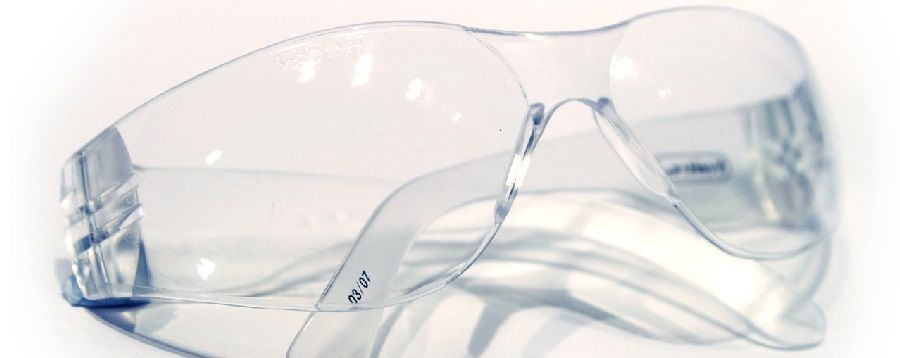
Focus on Eye Safety During Healthy Vision Month in May

Every day some 2,000 US workers receive medical treatment because of eye injuries sustained at work. Common causes include: small particles or objects striking the eye, blunt force trauma, chemical burns, and thermal burns. Some workers are at an additional risk of exposure to infectious disease transmissible through the mucous membranes of the eye as a result of exposure to droplets of blood and other body fluids or other contact.
To help workers and their employers improve eye safety in the workplace and at home, NIOSH has partnered with the National Institutes of Health’s National Eye Institute (NEI) to promote Healthy Vision Month. The organizations have produced a variety of materials to help employers and employees take important steps to protect their vision, including a free Healthy Vision Month toolkit, videos, posters, infocards and infographics at the Healthy Vision Month website.
“While workers have a vested interest in safeguarding their eyes, employers have a legal and ethical responsibility to keep workers safe from hazards, including those that may impact vision,” said NIOSH in a recent blog post.
Workplace injury is a leading cause of eye trauma, vision loss, disability, and blindness. But flying debris and dust are not the only common workplace eye hazards. Poorly organized, designed or maintained workplaces can put workers at risk of
eye injury. Inadequate lighting that impacts sight and poor or declining vision also can contribute to various work-related injuries, including traffic incidents and slips, trips or falls. here are some eye-safety tips from NIOSH:
What Can Employers Do?
- Conduct an eye-hazard assessment of all workspaces and remove or reduce all eye hazards where possible.
- Optimize workplace lighting for the tasks being performed.
- Provide appropriate personal protective eyewear for the types of hazards at the worksite, such as: goggles, face shields, safety glasses or full-face respirators.
- Provide training and assistance with proper use, fit, and maintenance of protective equipment.
- Use caution flags or safety tape to identify potential hazards such as hanging or protruding objects.
- Provide emergency sterile eyewash solutions/stations and post first-aid instructions near hazardous areas.
- Offer workers the flexibility to switch job tasks and/or take breaks as needed to reduce eyestrain.
- Ask workers if they would benefit from modifications to visibility, such as magnifying glasses, increased lighting or larger text on written materials.
- Offer comprehensive vision screenings onsite or through a benefits plan, if possible, or provide workers with information on community resources that may offer such screenings.
- Consider providing shelter from the sun and/or sunglasses if workers must spend much time outdoors. Prolonged exposure to sunlight can increase risk of eye diseases and conditions such as cataracts or age-related macular degeneration.
- Connect workers with resources to prevent or address chronic conditions that could impact their vision, such as diabetes.
Eye Safety Resources:
Download the Healthy Vision Month toolkit from NEI.
Visit the NEI Healthy Vision Month website.
Browse Eye-PPE safety signs and labels at ComplianceSigns.com.

